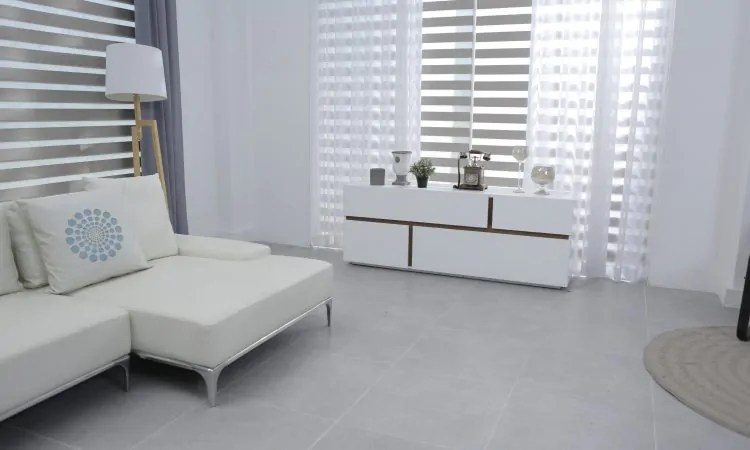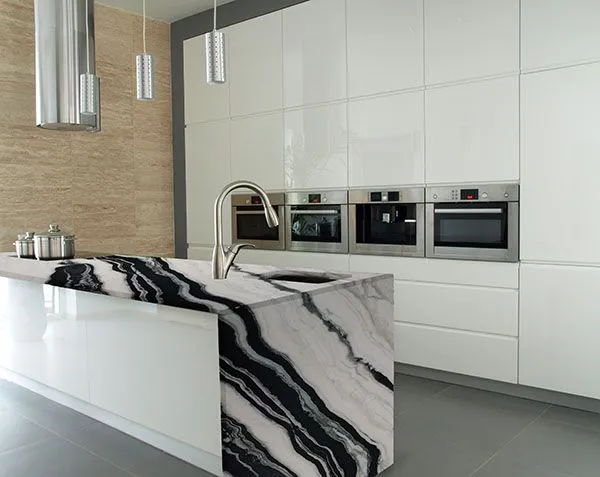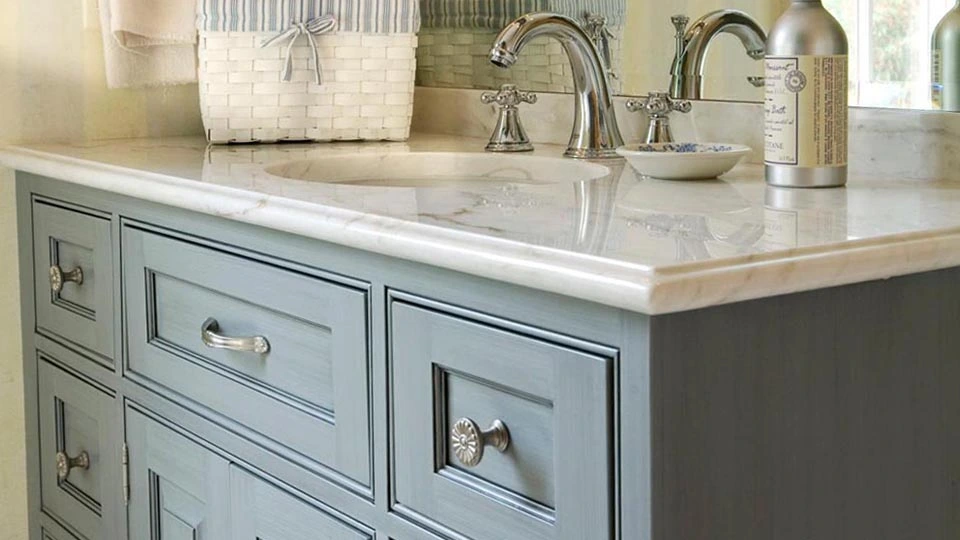From the brilliant aura of the iconic Taj Mahal to the modest floor of your home, marble is one universal natural stone that is considered the world’s most admired and valuable building material for ages. Marble has got featured in the Washington Monument, Michelangelo’s David, and the Duomo of Florence.
 The versatility of marble can be understood from the fact that you will find it in almost every kitchen in varied styles and patterns. Some love to flaunt it through a kitchen countertop while some prefer it on the floor. Due to the irresistible visual and functional appeal of marble stone, it remains the first and foremost choice in almost every construction project.
The versatility of marble can be understood from the fact that you will find it in almost every kitchen in varied styles and patterns. Some love to flaunt it through a kitchen countertop while some prefer it on the floor. Due to the irresistible visual and functional appeal of marble stone, it remains the first and foremost choice in almost every construction project.
 Marble – A result of seabed transformation
Marble – A result of seabed transformation
Largely considered a metamorphic rock, Marble was actually a different type of rock and it was due to various circumstances it got transformed into a new form. For example, it was first a limestone, which takes shape on the seashores and bases of tropical seas. Limestone refers to a combination of shells, shelly remains, minutely tiny shells, and softened shells. Given the specific circumstances at a certain beach, limestone’s shelly residue may be interspersed with sporadic coats of clay. But overall, limestone is a variety of shell remnants, which are composed of the mineral calcite.
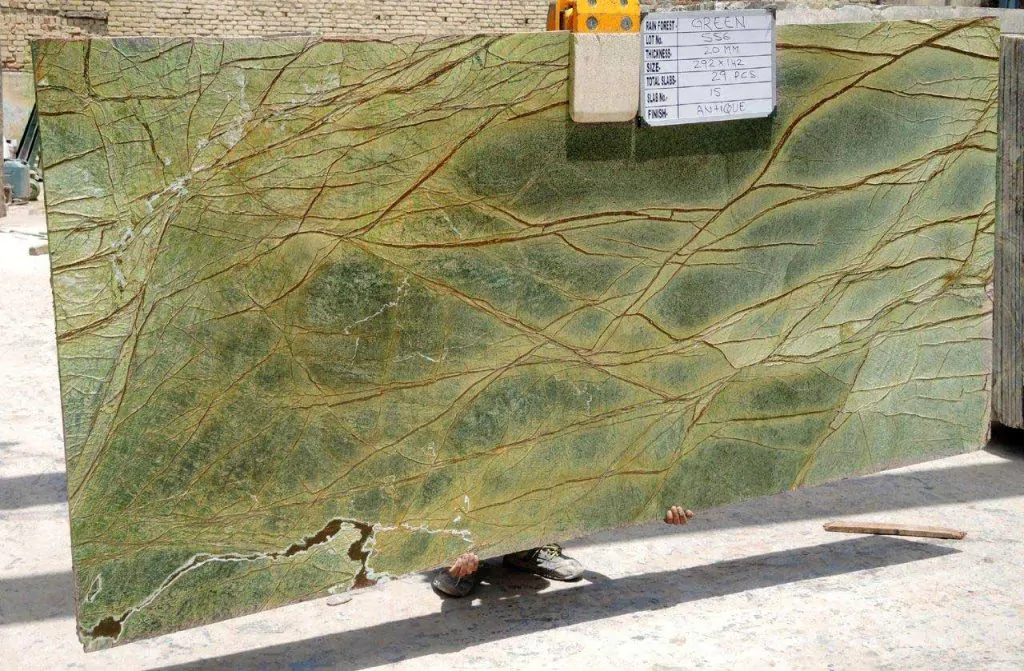
The humid shallows that promote the development of limestone do not remain stagnant forever. Oceans are essentially geologic conveyor girdles. The ocean floor gradually blowouts from the center and glides beneath continents at the boundaries, slowly repositioning the global map.
When a limestone seabed is pulled down into the Earth’s crust, the surplus heat changes the calcite grains and combines them together strongly. The lively working of rock layers as they become suppressed, warped, and pushed around makes the initial flat-lying layers curve, clasp, and twirl together. A rock in this heated condition doesn’t dissolve. It gets just warm and stretchy, similar to milky bar chocolate on a table. This process of heating and warping is accountable for marble’s typical visual of elegant carvings of color. The grey-colored whirls in marble are made up of clay layers that became creased, tarnished, and re-combined into the marble just like a band of chocolate permeated throughout the fudge ice cream.
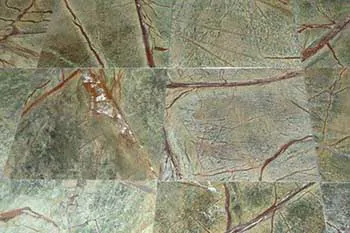
Designs and colorways are the reasons behind marble’s versatility and appeal
 The astonishing visual appeal of marble comes from its wider range of colors and differences present it. On one end, these patterns yank on the heartstrings and offer artistic potentials. On the other side, each of these differences has its origin in some kind of geologic process.
The astonishing visual appeal of marble comes from its wider range of colors and differences present it. On one end, these patterns yank on the heartstrings and offer artistic potentials. On the other side, each of these differences has its origin in some kind of geologic process.
The furthermost popular color of marble is white. The standard, white marble is absolute calcite, deprived of intervening minerals that highlight color. Yule and Thassos marbles are great examples of unspoiled white marbles. Marble can also be found in a dynamic variety of colors and textures. Pink marble gets its color due to the presence of iron oxide, and the same is with golden marble. Green marble has serpentine, abundant in magnesium. Fossil-loaded limestone becomes graphite-touched marble, as the carbon in fly-fish, or algae goes back to the essential carbon in graphite when the rock is exposed to heat. Graphite-rich marble is a steely grey variant with a metallic shine.
Properties of Marble
The mineral composition of marble is similar to that of limestone, its previous form, and both of these stones are composed of calcite, also called calcium carbonate or CaCO3. Calcite is one of the extremely usual minerals on the planet; along with marble and limestone, calcite is the main component in onyx and travertine.
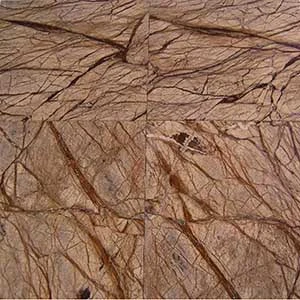
Calcite has some characteristics that one should be aware of before going further with using a marble slab. Calcite tends to achieve figure 3 on the Mohs hardness scale, which refers that it can easily be scratched by knife blades and ceramics.
Calcite is also found to be chemically responsive with several general acids, such as those commonly present in lemonade, cola, and wine. In case when acidic fluids are put on a marble slab, a small amount of the stone gets softened, or “imprinted.” However, this doesn’t change the uprightness of marble, but it does lead to a minor variation in the color and/or shine of the stone. On a polished marble slab, a scratch appears like an unpolished area.
Marble is crushed up into antacid medicines due to the fact that calcite defuses acid. That also gives a hint on how acid leaves a mark on marble. The marble reacts with the acid, neutralizing the acid, but damaging your countertop meanwhile. Paradoxically, when someone mistakenly trickles pickle fluid on a new marble countertop, you may discover yourself accessing the antacid, triggering the same chemical reaction both on the countertop and in a person’s digestive zone.
There is a common misconception that marble catches stains easily. However, this is very uncommon. The metamorphism that scorches the stone also joins the minerals together closely. Marble has the same level of porosity as granite. Considering this, the porosity of all stones differs, so check the stone details and perform some tests before proceeding. Marbles are generally sealed to lessen the possibility of staining. Unfortunately, sealing does not make any much improvement to the etching of the marble.
Marble + Magnesium = Dolomite
Dolomitic marble is in close relation to typical marble. Typically, the marble is made up of calcite, and dolomitic marble contains low levels of magnesium in combination (CaMgCO3). There is not a big difference between the two distinctions, excepting that Tyidolomitic marble is a bit gentler to etch. In other words, it means one will get few moments to wipe the surface before the spill of a chemical.
Limestone is often categorized as marble
The word “marble” is sometimes used widely rather than literally. A large number of stonework experts classify marbles, limestones, and travertines combined as a family of stone as they need the same levels of upkeep and refinishing systems. Polished limestone is often known as marble. Though there’s not a big difference between the two, marble is much more solid, which means it is heavily resistant to stains. If a slab contains fossils, shell fragments, or open pockets within the stone, it is called limestone.
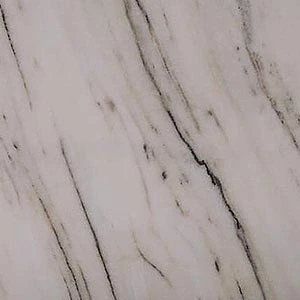
Diverse applications of marble in our lives
Marble remains a prevalent option for backsplashes, countertops, tabletops, flooring, washrooms, and wall cladding. Marble’s resourcefulness places it at home in an ancient Greek figurine, in a profligate hotel foyer, or on a meticulous kitchen isle. Marble also discovers its way into our lives as household objects like rolling pins, cheese boards, lamps, and vases.

